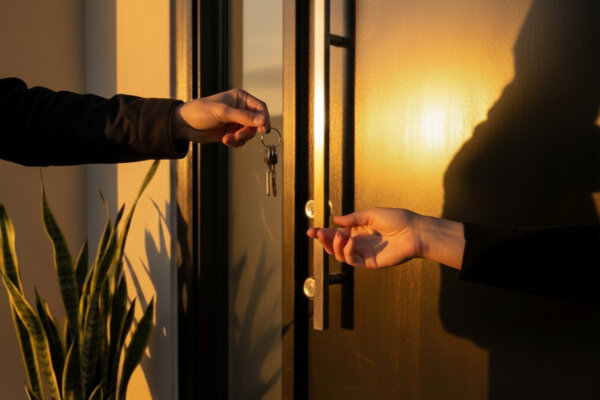What is a 1031 Exchange? A Guide to Smart Real Estate Investing

If you’re a property owner in Los Angeles County considering selling, you’ve likely heard of a 1031 exchange—or as the IRS officially calls it, a “like-kind exchange.” This powerful tax-deferral strategy allows you to reinvest proceeds from the sale of one property into another, delaying capital gains taxes and potentially boosting your investment portfolio.
Let’s break it down into simple terms and explore how it could benefit you, especially in the competitive LA market.
The Basics of a 1031 Exchange
A 1031 exchange is a provision under Section 1031 of the IRS tax code. It lets you defer paying capital gains taxes when you sell an investment property, as long as you reinvest the proceeds into a “like-kind” property. Here’s what that means in plain English:
“Like-kind” properties:
These are broadly defined, so you don’t have to swap a duplex for another duplex. You can exchange it for an apartment complex, a retail space, or even vacant land, as long as the property is held for business or investment purposes.
No personal use:
Your primary residence doesn’t qualify, but that Venice Beach rental you’ve been holding onto might be a great candidate.

Unicorn Opportunity in Venice, CA Prime Location of 3 Contiguous Lots on Trendy Abbot Kinney Blvd.
Why Consider a 1031 Exchange in LA County?
The Los Angeles real estate market is unique, known for its high property values and diversity of investment opportunities. A 1031 exchange can help you leverage this:
Maximize your investment:
If you’re sitting on a property with significant appreciation, you can use a 1031 exchange to trade up to a more valuable or income-producing property without losing money to taxes.
Rebalance your portfolio:
Maybe you’ve got a property in Downtown LA, but you’re eyeing something with higher returns in West LA or Culver City. A 1031 exchange gives you flexibility to pivot.
Stay ahead of tax changes: California taxes capital gains heavily, so deferring those taxes can be a game changer for your financial planning.
The Rules You Need to Know
While the concept is straightforward, the IRS does set some rules you’ll need to follow:
- Identify new property quickly: You have 45 days from the sale of your original property to identify potential replacement properties.
- Complete the exchange within 180 days: The entire transaction must wrap up within six months.
- Work with a qualified intermediary: You can’t touch the proceeds from the sale of your property; they must go directly to a third-party facilitator who oversees the exchange.
Common Missteps to Avoid
In a fast-paced market like LA’s, it’s crucial to avoid these pitfalls:
•Missing deadlines: With LA’s competitive market, properties move fast. Stay on top of your timeline.
•Underestimating costs: Properties here are pricey, so budget carefully for down payments, closing costs, and improvements.
•Skipping professional help: From intermediaries to tax advisors, having an expert team ensures your exchange runs smoothly.
Your Next Step: Let’s Talk Strategy
Navigating a 1031 exchange can feel overwhelming, but you don’t have to do it alone. At Pardee Properties, we’ve guided countless clients through the process, helping them make informed decisions and maximize their investments.
If you’re curious whether a 1031 exchange is right for you, let’s set up a free strategy session to explore your options. Whether you’re looking to trade up, rebalance your portfolio, or simply learn more, we’re here to help.
Contact us today to get started and turn your real estate goals into reality!
Disclaimer: This blog is for informational purposes only and not a substitute for legal or tax advice. Consult with your tax advisor or attorney before proceeding with a 1031 exchange.


